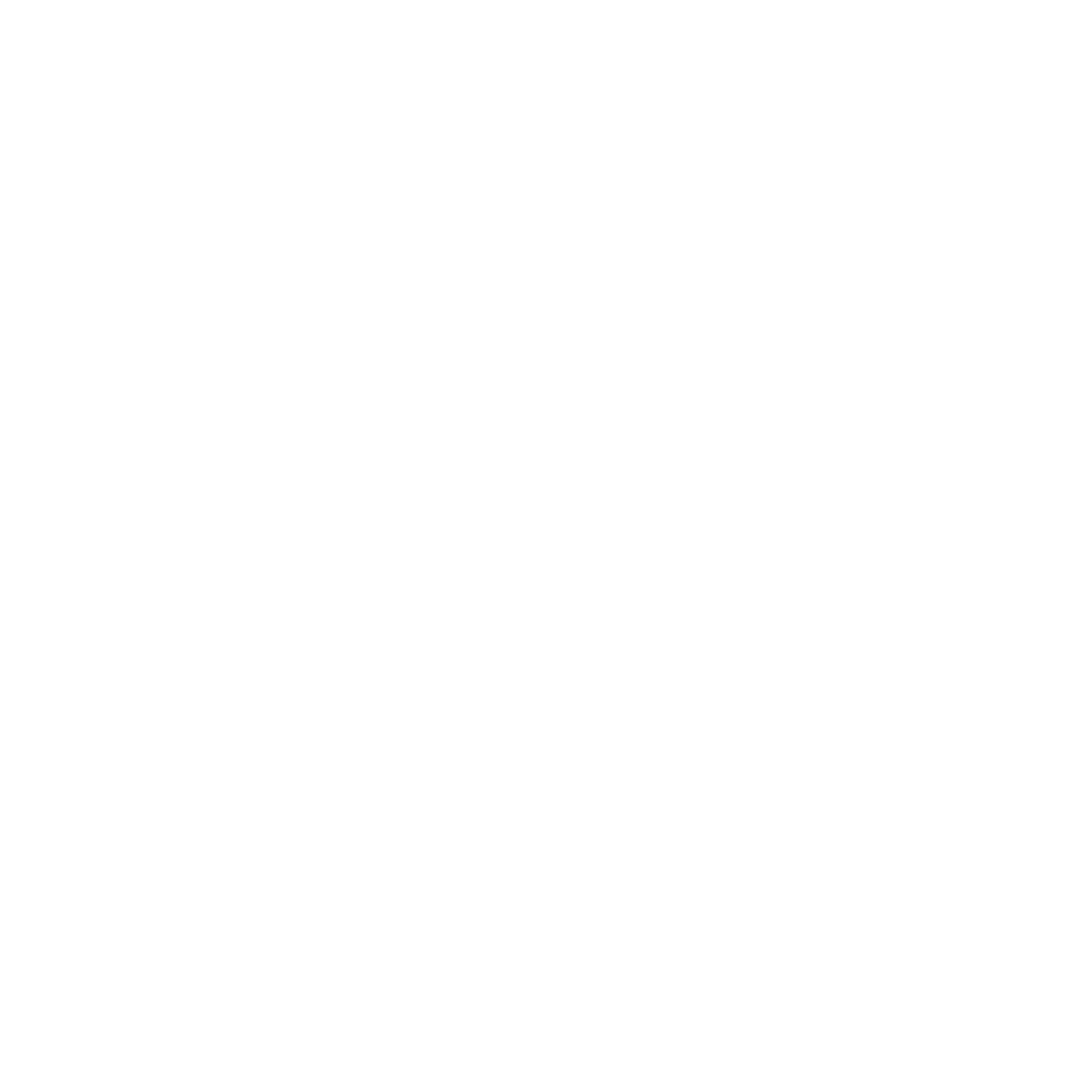
APA 7th ed. is the preferred style for the Faculty of Education graduate coursework programs. For your assessment tasks you will need to regularly reference and cite books, book chapters and journal articles and a range of educational sources.
Browse the Re:cite APA7 style menu for coverage of other source types.The button below links out to another window.
Download the Quick Guide to APA for a handy guide to the style, with a summary of the main elements and examples of the most commonly cited reference types. Refer to the full APA style guide if it doesn't cover the reference type you need
Be aware that references created using citation generator tools or reference management software may be missing elements or have incorrect formatting.
You should cross-check the capitalization, punctuation and manually add missing elements
Explore the reference management programs and tools we recommend to support your writing and referencing. We recommend Zotero for most Education students
The button below links out to another window.
Further guides for APA style.